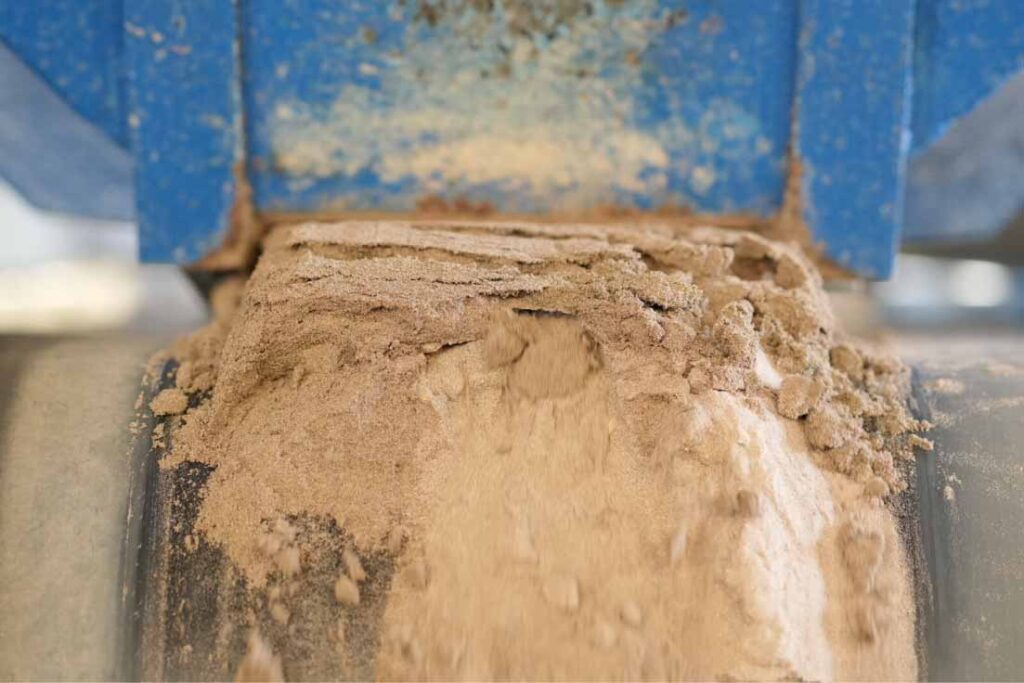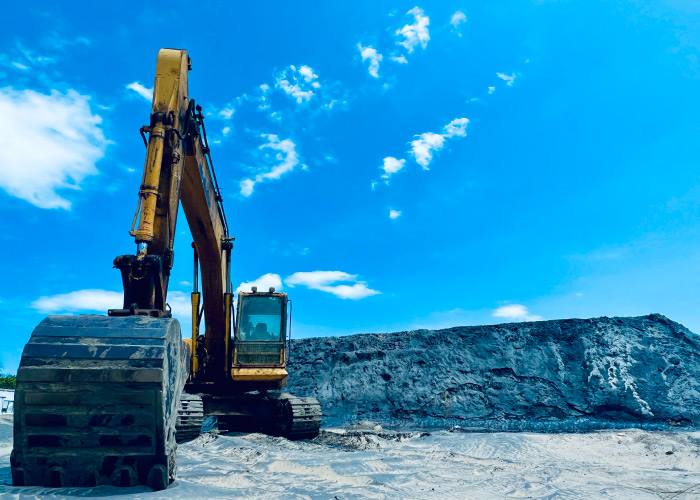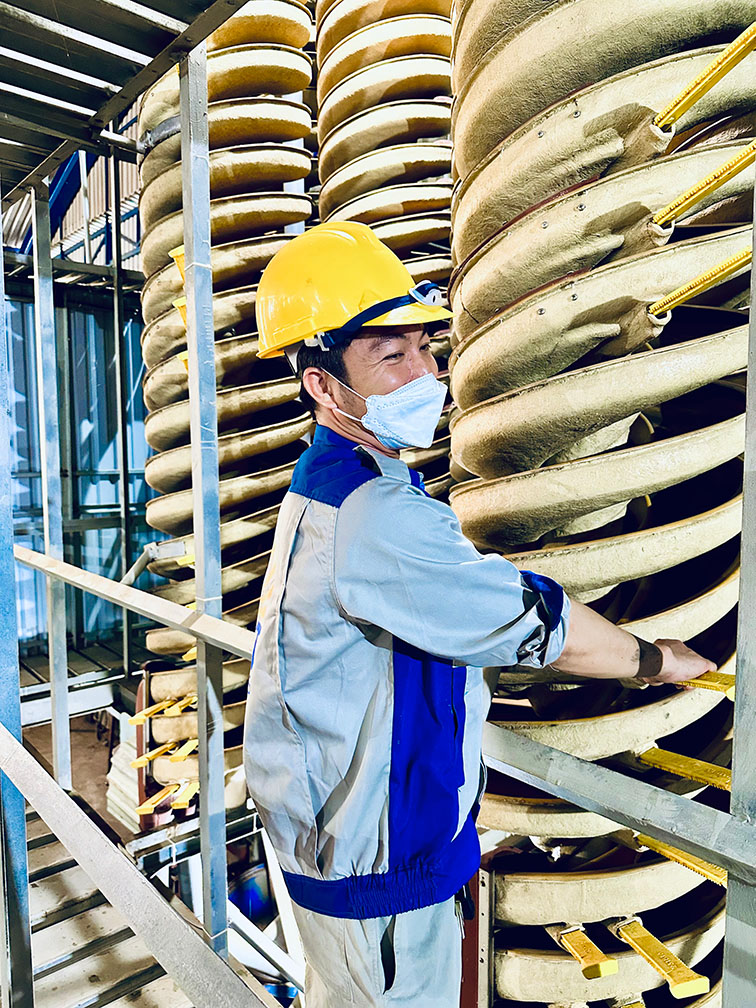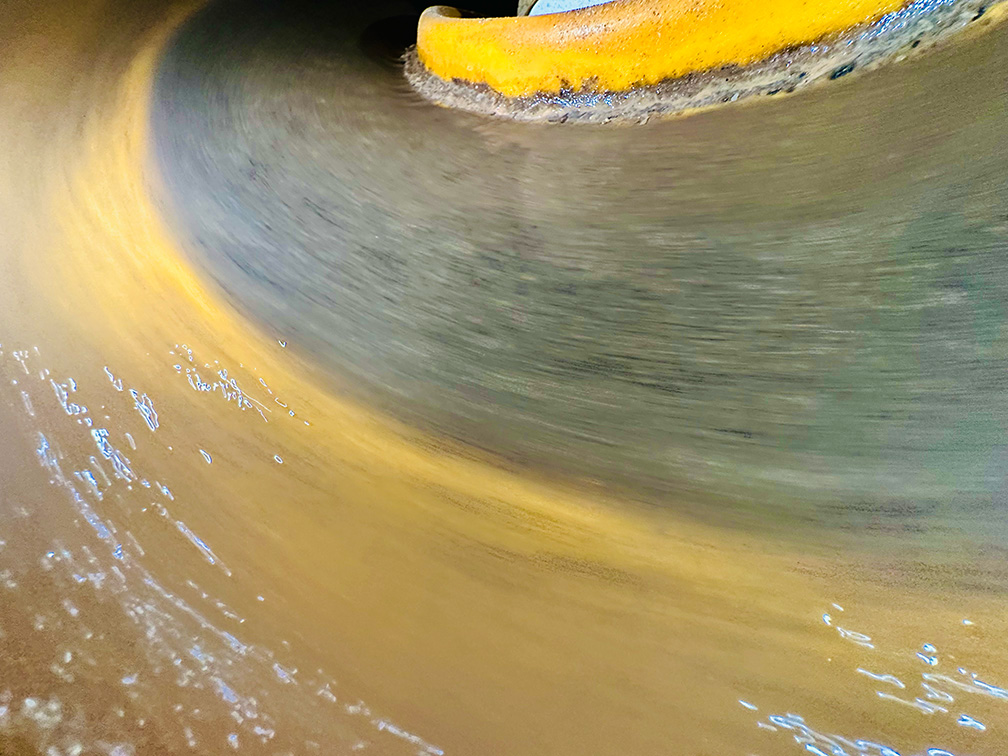Menu
Close
- About us
About us

- Our Products
- Operations
- ESG & Sustainability
ESG & Sustainability

- News & Media
- Contacts
- About us
About us

- Our Products
- Operations
- ESG & Sustainability
ESG & Sustainability

- News & Media
- Contacts


Mineral sands deposits originate from sediment transported by river systems, carrying minerals eroded from various sources to coastal areas where it may accumulate in diverse coastal environments.
Beach sands contain the most significant concentrations of heavy minerals. Waves deposit sand on beaches where heavier minerals are settled and lighter minerals, such as quartz, are washed back into the sea. Onshore winds that blow lighter grains inland can also concentrate heavier minerals at the front of coastal dunes.
Former shorelines, known as strandlines, which may occur some distance inland, can also be a source of heavier mineral sands. Strandline deposits typically exhibit a linear geometry, measuring up to 10 meters in thickness, over 2 kilometers in length, and 300 meters in width. These deposits are characterized by relatively low tonnages yet high grades, ranging from 5% to 20% mineral sand content, featuring coarse-grained mineral sand assemblages exceeding 100 micrometers in size.
In contrast, WIM-style deposits are sheet-like, reaching thicknesses of up to 10 meters, lengths of 10 kilometers, and widths of 3 kilometers. These deposits boast relatively high tonnages but lower grades, typically ranging from 2% to 5% mineral sand content, with fine-grained mineral sand assemblages less than 100 micrometers in size.


In our mineral sands extraction process we use both wet and dry mining techniques. Wet mining involves dredging mineral sands from beneath the surface of a specially created extraction pond, while dry mining utilizes conventional earth-moving equipment such as scrapers, trucks, and excavators to excavate the mineral sands deposit.
Following extraction, overburden material comprising topsoil, subsoil, and clay is removed from the mineral-bearing sand, which is then processed to separate valuable heavy mineral concentrate. After extraction, the overburden is reinstated, typically within a year, and the land is rehabilitated for non-mining purposes.
The processing of our mineral sands involves a series of intricate steps aimed at separating and refining the valuable heavy minerals from the surrounding sand and other impurities.
Initially, the mined sands undergo physical and chemical treatments to remove clay, organic matter, and other unwanted materials. Following this, gravity separation techniques such as spiral concentrators and shaking tables are employed to separate the heavy mineral concentrates based on their density differences. Magnetic separation methods are also used to further refine the mineral concentrates. Subsequent stages involve drying, screening, and sizing the concentrates to achieve the desired particle size distribution.



Finally, the purified heavy mineral concentrates can undergo additional processing steps, including roasting, leaching, and chemical treatments, to produce marketable products such as titanium dioxide pigment, zirconium chemicals, and other industrial materials.
Throughout the processing chain, we use stringent quality control measures to ensure the final products meet the required specifications for various industrial applications.